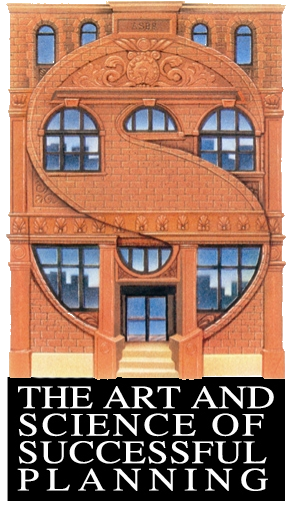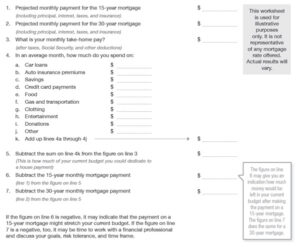
LIFESTYLE • Read Time: 4 min
Lots of Variables with Fixed-Rate Mortgages
When selecting a fixed-rate mortgage, a prospective borrower has to determine how many years to finance the loan. Some financial institutions offer 10-year and 20-year, fixed-rate mortgages as well as 15-year and 30-year, fixed-rate home loans.
For the purpose of comparison, this worksheet takes a look at 15-year and 30-year, fixed-rate loans.
The payments on a 30-year mortgage are generally lower than 15-year loans, but their interest rates tend to be higher. The lower payment comes from spreading out the loan over twice as many payments. Because of the longer timeframe, a 30-year mortgage owner pays more in interest payments than a 15-year mortgage holder.
A 15-year mortgage is paid off twice as quickly as a 30-year mortgage, which may allow the home buyer to build equity at an accelerated rate. The payments on a 15-year loan are higher – but they aren’t usually twice as high – as a 30-year loan.
To get a better idea of the differences, take a few minutes and add some numbers to the accompanying worksheet.
The content is developed from sources believed to be providing accurate information.The information in the material in not intended as tax or legal advice. It may not be used for the purpose of avoiding any federal tax penalties. Please consult legal or tax professional for specific information regarding your individual situation. The opinions expressed and material provided are for general information, should not be considered a solicitation for the purchase or sale of any security.
Have A Question About This Topic?
Related Content
Information vs. instinct. Are your choices based on evidence of emotion?
Getting what you want out of your money may require the right game plan.






